SC Hears Plea on Regulation of Government Surveillance Tools
- ByAdmin --
- 25 Apr 2025 --
- 0 Comments
The Supreme Court of India has recently heard a public interest litigation (PIL) challenging the unregulated use of government surveillance tools by law enforcement agencies. The petition, filed by privacy rights activists, raises significant concerns over the lack of legal safeguards governing surveillance technologies like Pegasus spyware, facial recognition software, and location tracking. The case has sparked a wider debate on the balance between national security and citizens' right to privacy.
Background of the Case
The petitioners argue that:
- The government’s surveillance practices remain largely unregulated, with no clear legal framework in place to govern the acquisition and use of such technology.
- Tools like Pegasus have been allegedly used for illegitimate purposes, including surveillance of journalists, activists, politicians, and private citizens, infringing upon fundamental rights.
- The petitioners contend that the Right to Privacy (Article 21) cannot be compromised under the guise of national security or law enforcement, especially when the tools lack judicial oversight and transparency.
The case follows revelations made in the Pegasus Project investigation by international media outlets, which exposed the widespread use of spyware by multiple governments, including India, to monitor individuals without proper authorization or accountability.
Key Legal Issues Raised
- Right to Privacy
- The petitioners assert that the right to privacy extends beyond the mere protection of personal data and includes the right to be free from unwarranted surveillance.
- The Supreme Court in its landmark judgment in Puttaswamy (2017) affirmed that privacy is a fundamental right under Article 21 of the Constitution. However, the Court also recognized that this right can be subject to reasonable restrictions if justified by national security, law enforcement, or public order.
- The petitioners assert that the right to privacy extends beyond the mere protection of personal data and includes the right to be free from unwarranted surveillance.
- Unregulated Surveillance
- Surveillance tools like Pegasus spyware and biometric data collection are allegedly used without proper legislative backing or oversight. This raises serious concerns about misuse, abuse of power, and violation of individual freedoms.
- The absence of clear guidelines or accountability mechanisms for the use of such tools by intelligence and law enforcement agencies is at the heart of the petitioners' case.
- Surveillance tools like Pegasus spyware and biometric data collection are allegedly used without proper legislative backing or oversight. This raises serious concerns about misuse, abuse of power, and violation of individual freedoms.
- Lack of Judicial Oversight
- One of the central arguments of the petition is the absence of judicial or independent oversight in the deployment of surveillance tools. The petitioners argue that this could lead to unchecked surveillance on citizens, especially political activists, journalists, and those opposing the government.
- Surveillance, they argue, should always be subject to judicial scrutiny to prevent excessive state power and the violation of democratic rights.
- One of the central arguments of the petition is the absence of judicial or independent oversight in the deployment of surveillance tools. The petitioners argue that this could lead to unchecked surveillance on citizens, especially political activists, journalists, and those opposing the government.
Government’s Response
The government has denied any illegal use of surveillance tools and asserted that all surveillance is conducted in accordance with existing laws and procedures. It also claims that national security concerns require the use of such tools, but the government has not provided full transparency on the specific tools used or the extent of surveillance operations.
The government further contended that protection of citizens' data and privacy is always prioritized and that tools like Pegasus were never used for unauthorized surveillance. It has also argued that a blanket restriction or regulation of surveillance tools could impair the government’s ability to address threats to national security effectively.
Court’s Observations
During the hearing, the Supreme Court raised critical questions:
- Scope of Surveillance: The Court questioned whether the current laws governing surveillance were adequate to safeguard individual freedoms and the right to privacy.
- Lack of Regulation: The Court expressed concern over the lack of regulation and accountability surrounding the use of surveillance tools by government agencies.
- Necessity for Oversight: The Court highlighted the need for a structured framework with judicial oversight and appropriate safeguards to ensure that the use of surveillance tools is done in a lawful, transparent, and proportional manner.
Potential Impact of the Case
- Establishment of Legal Framework
- A ruling in favor of the petitioners could prompt the creation of a comprehensive legal framework for surveillance, with clear checks and balances to prevent abuse.
- The case could lead to the mandatory establishment of judicial oversight and transparency mechanisms before any surveillance tools are deployed.
- A ruling in favor of the petitioners could prompt the creation of a comprehensive legal framework for surveillance, with clear checks and balances to prevent abuse.
- Privacy and Security Balance
- The Court’s ruling will likely provide a balanced approach between ensuring national security and protecting privacy rights, possibly affecting how surveillance is carried out in the future.
- The Court’s ruling will likely provide a balanced approach between ensuring national security and protecting privacy rights, possibly affecting how surveillance is carried out in the future.
- International Implications
- The outcome of the case could also set a precedent for other countries grappling with similar concerns about digital surveillance, particularly in the context of emerging technologies like AI and facial recognition.
Conclusion
The Supreme Court’s examination of the use of surveillance tools by the government could mark a significant moment in the evolution of digital privacy rights in India. As technology advances, it becomes increasingly important to balance national security concerns with citizens' fundamental rights, ensuring that privacy is not compromised for the sake of unchecked state power.
The Court’s judgment will have profound implications for personal freedoms, state surveillance, and data protection in the country, possibly influencing global discussions on surveillance and privacy in the digital age.








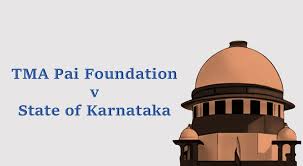

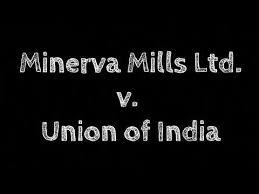
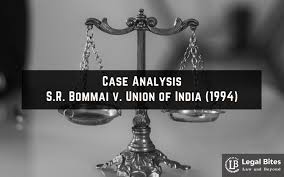








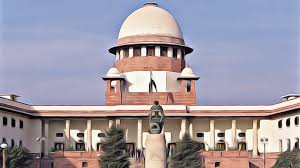

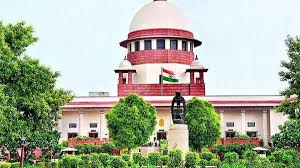









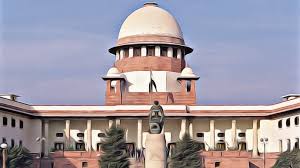




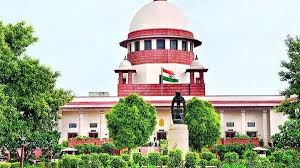




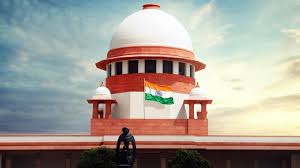



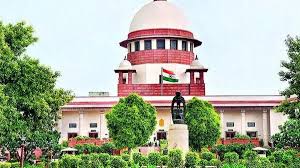


















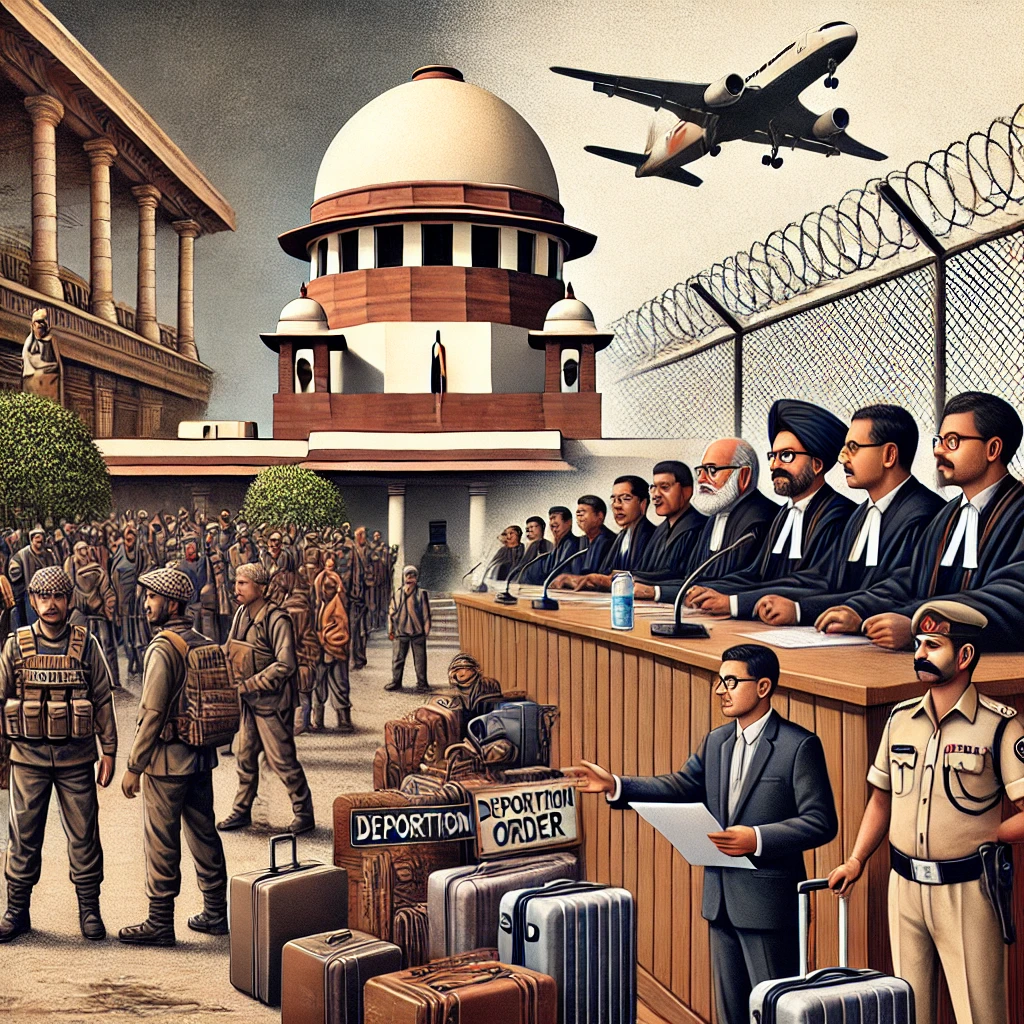
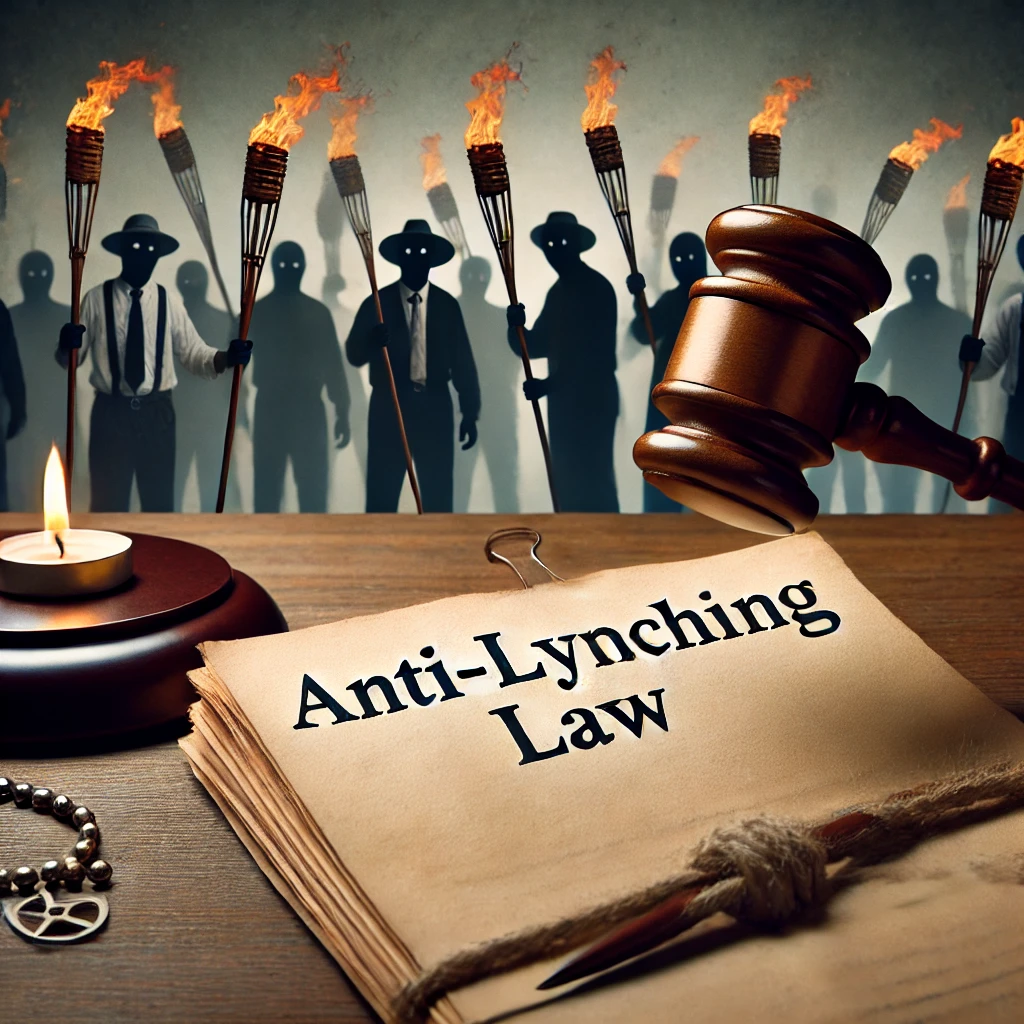
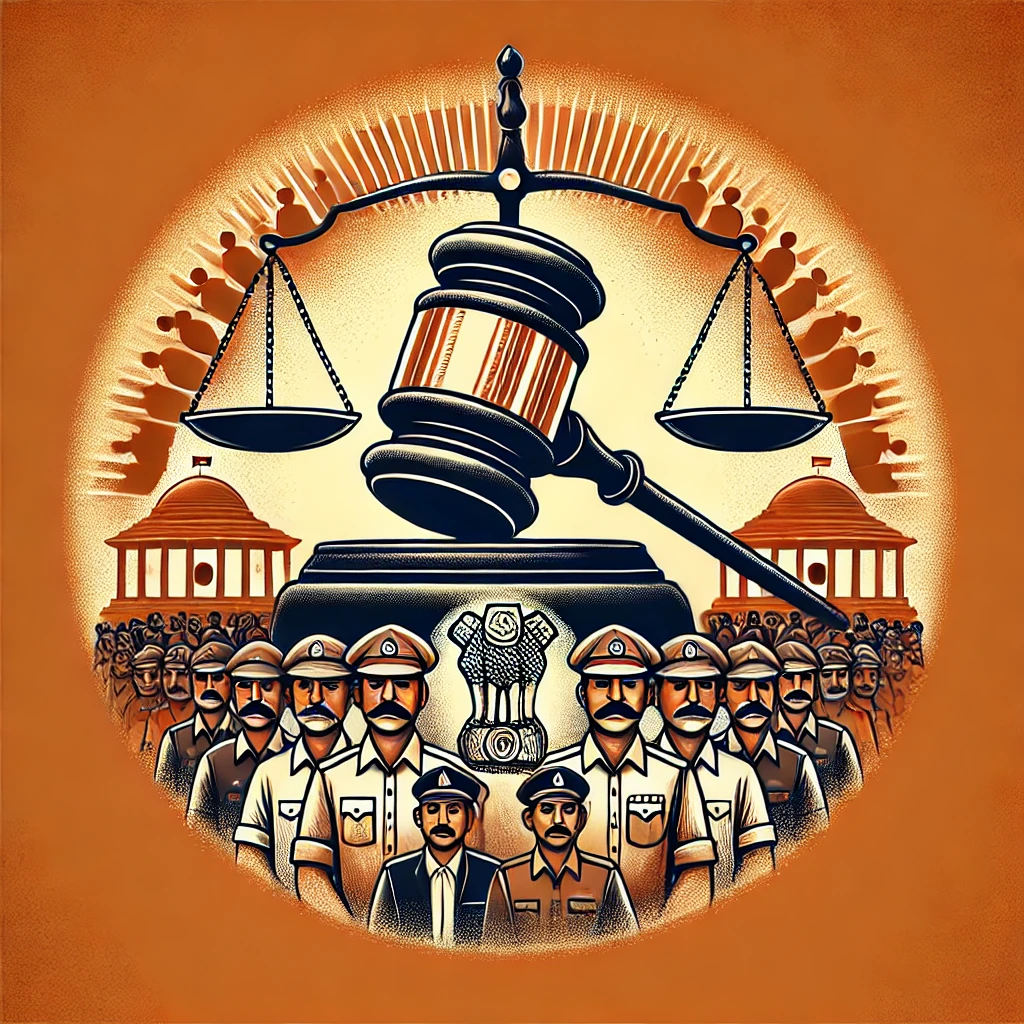






























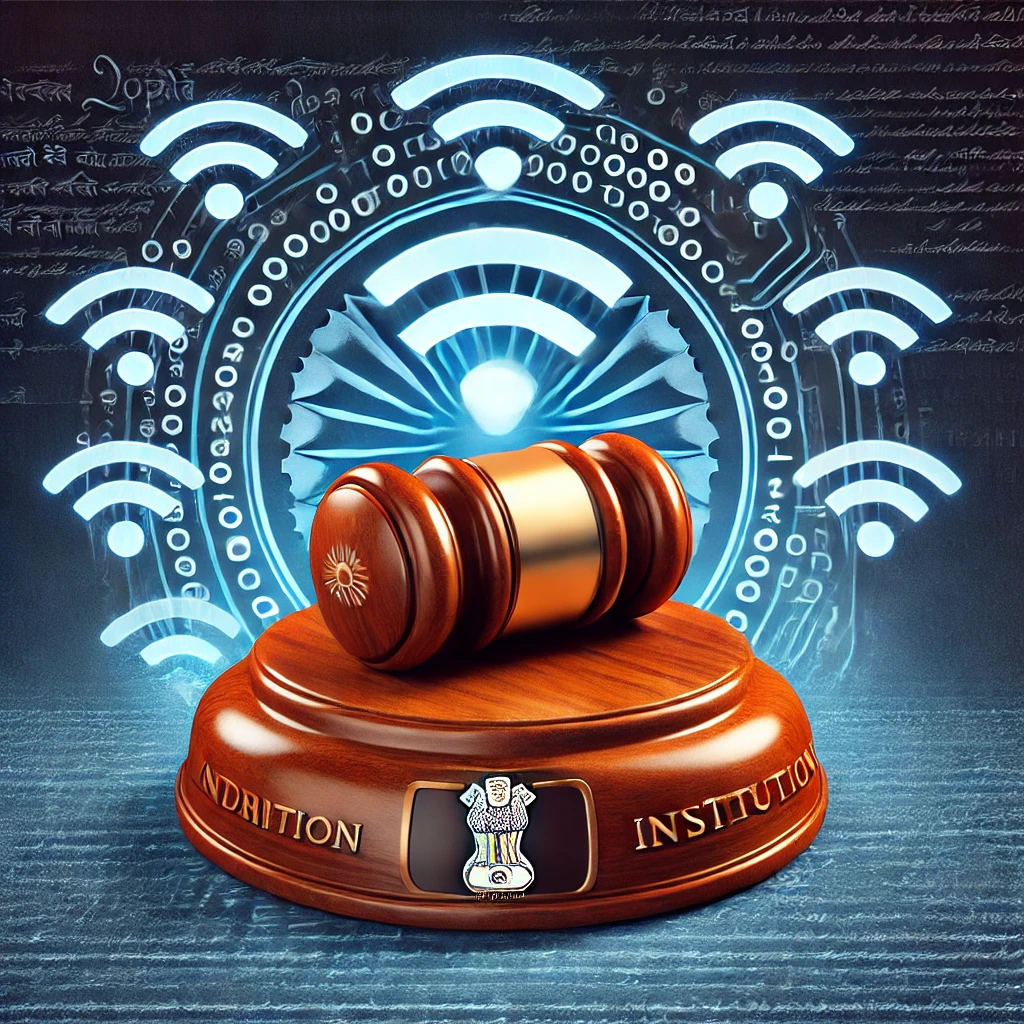


































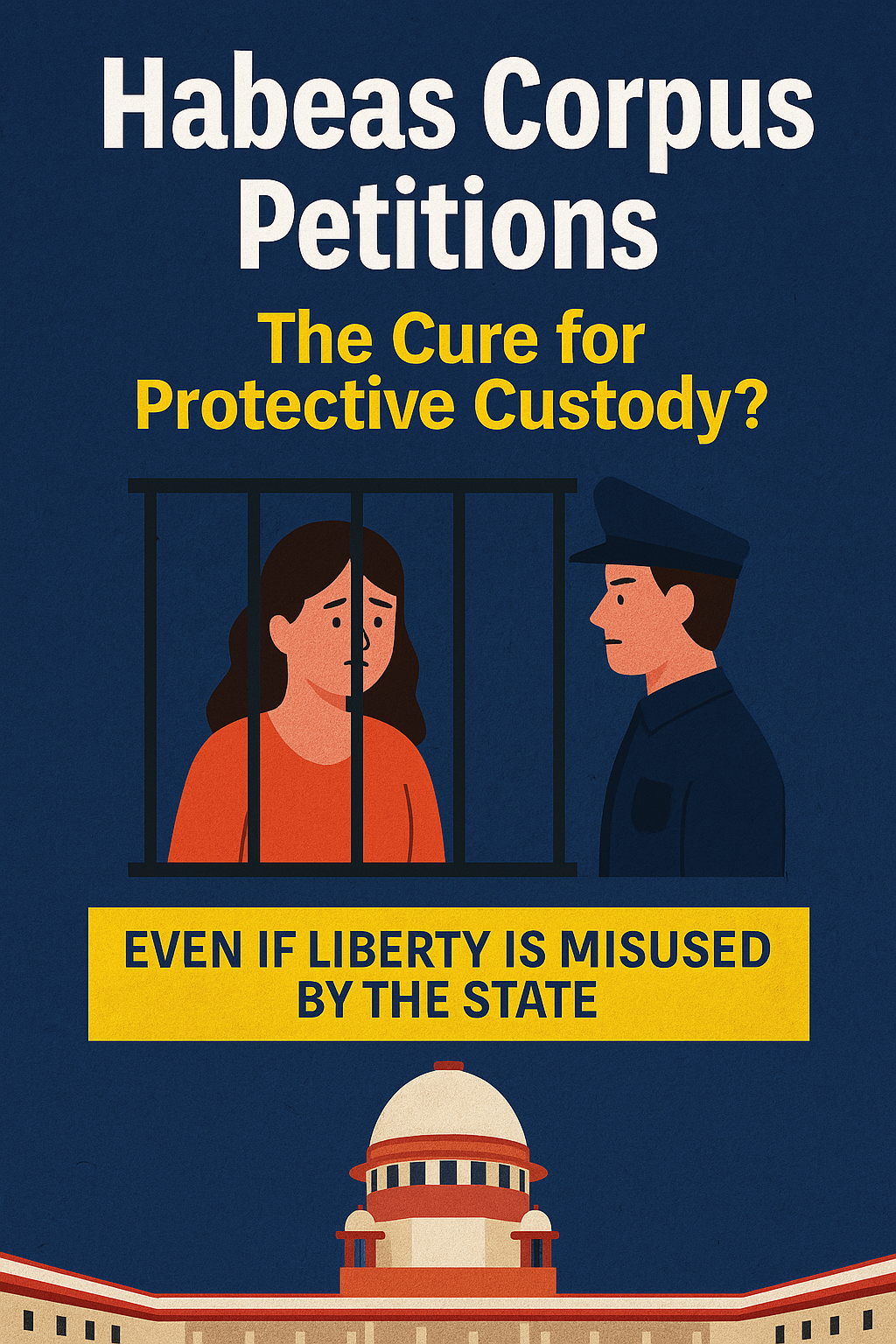


























































































































































































































































































































































































































































































































































































































































































































































































0 comments